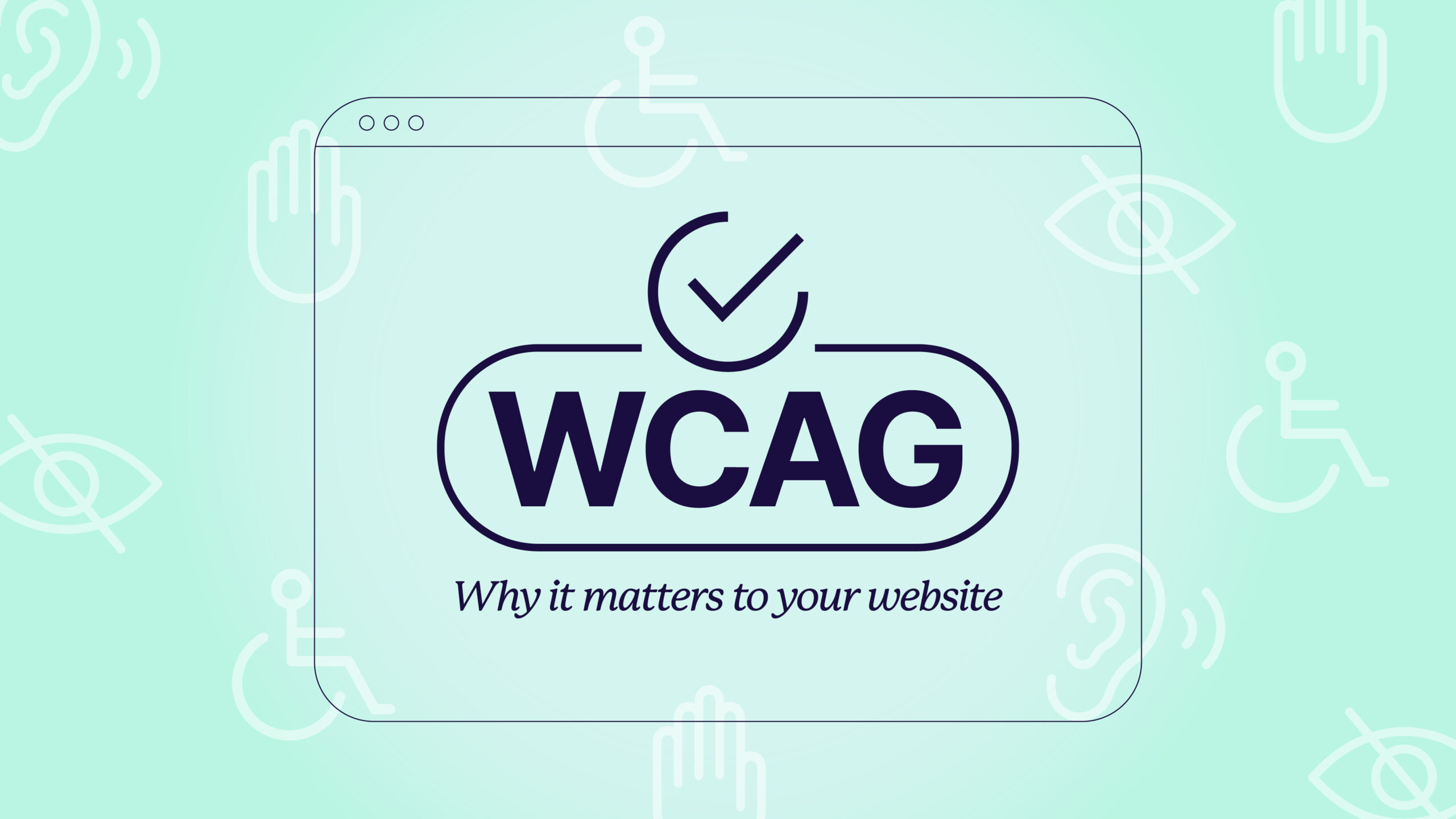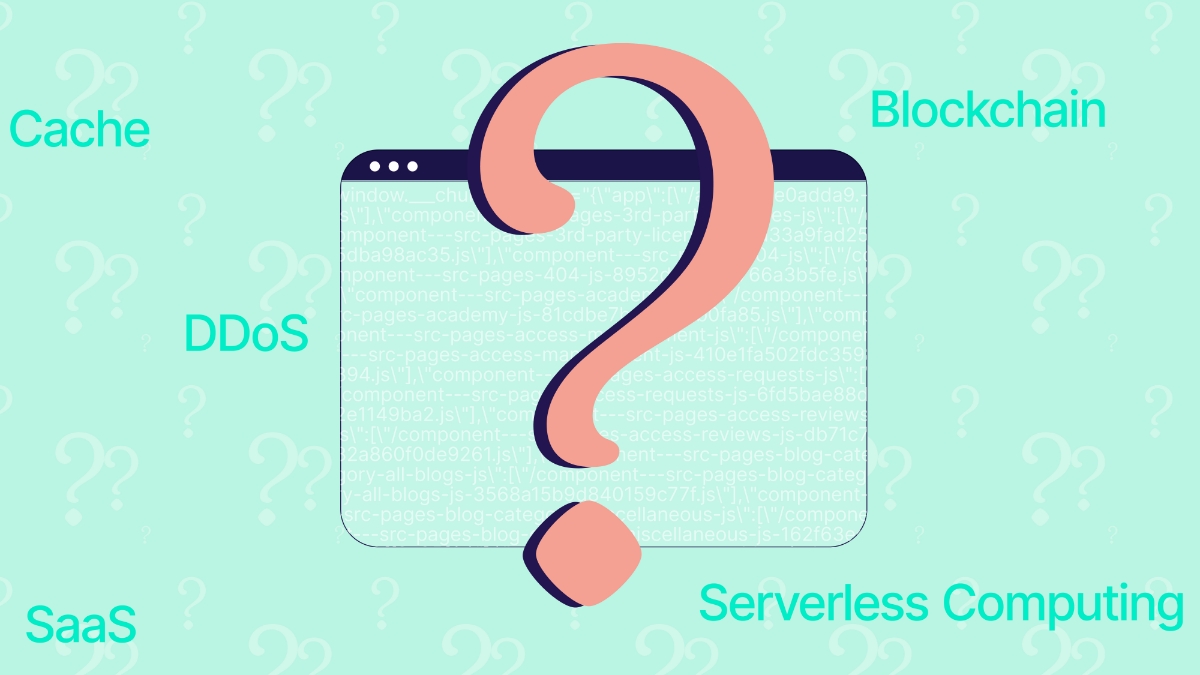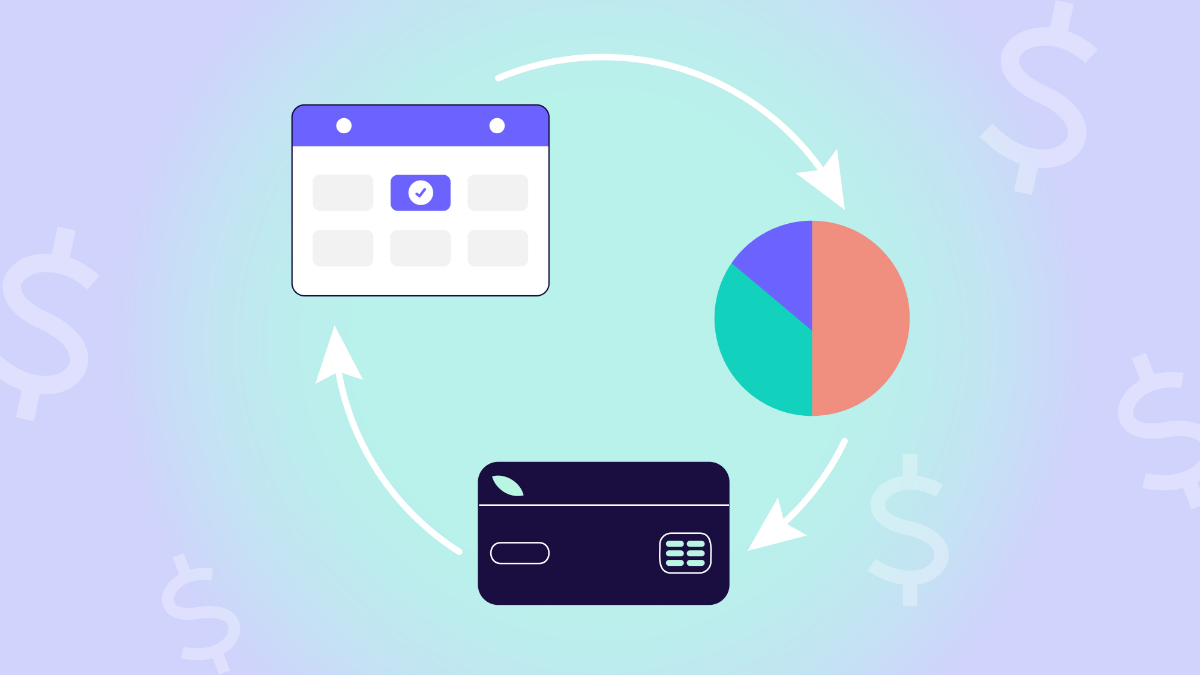Web accessibility offers a strategic edge that extends beyond legal requirements. Embracing Web Content Accessibility Guidelines (WCAG) not only ensures compliance but also unlocks numerous advantages. While governmental and healthcare organisations are often mandated to comply with these standards, private businesses can greatly benefit from WCAG compliance too, ensuring their sites are accessible to the widest possible audience. By prioritising accessibility, your business can enhance user experience, bolster brand reputation, improve search engine rankings, increase revenue, and minimise legal risks.
What is Web Accessibility?
Before diving into the specifics of WCAG compliance, it’s important to grasp the scope of web accessibility. Accessibility ensures that every individual, irrespective of their physical or cognitive abilities, can effectively access and utilise a website. For instance, in Australia, approximately 3.6 million people experience some form of hearing impairment, and currently 453,000 Australians are either blind or have low vision. WCAG aims to support these individuals and others with cognitive, mobility, or temporary impairments, ensuring a more inclusive online experience.
For business owners, understanding how customers interact with your website is vital for a versatile and inclusive website. Properly designed, developed, and maintained websites ensure equal access to information and functionality for all users, a fundamental goal of WCAG.
The Four Principles of Accessibility:
WCAG guidelines are based on four principles: Perceivable, Operable, Understandable, and Robust (POUR).
- Perceivable: Information and user interface components must be presentable to users in ways they can perceive, such as providing text alternatives for non-text content.
- Operable: User interface components and navigation must be operable, ensuring users can navigate the site using various tools and devices.
- Understandable: Information and the operation of the user interface must be understandable, ensuring that content is readable and predictable.
- Robust: Content must be robust enough to be interpreted reliably by a wide variety of user agents, including assistive technologies.
Why Your Business Should Prioritise WCAG Compliance
As a business owner, prioritising WCAG compliance brings numerous advantages that directly impact your bottom line. Here are the top five reasons why ensuring web accessibility should be a priority for your company:
1. Enhanced Usability
Making your website accessible not only helps individuals with disabilities but also significantly improves the overall usability of your site. Features designed for accessibility, such as keyboard navigation, benefit all users, including those who may have temporary impairments or prefer alternative methods of interaction.
Enhancing usability leads to higher visitor satisfaction and increased client loyalty. For instance, providing alternative text for images can help users with slow internet connections better understand your content, creating a more inclusive and pleasant user experience.
2. Strengthening Your Brand
In today’s market, consumers prefer to do business with brands that reflect their values. A commitment to web accessibility demonstrates your dedication to inclusivity and equality, appealing to a broader audience. According to studies, 62% of consumers are more likely to support brands that take a stand on social issues, while nearly half would stop patronising companies whose values conflict with their own. By making your website accessible, you align with the accessibility movement and earn the support and advocacy of disabled individuals and their allies. Including an accessibility statement on your website further solidifies your commitment and enhances your brand’s reputation.
3. Improved Search Engine Optimisation (SEO)
WCAG compliance can also boost your website’s SEO performance. Accessible websites are typically better structured and more user-friendly, factors that search engines favour. Enhanced SEO increases your website’s visibility, attracting more visitors and improving your online presence. In essence, the same features that make a website accessible, such as clear navigation and alternative text, also contribute to better search engine rankings. This dual benefit means that your efforts in improving web accessibility can directly impact your site’s discoverability and traffic.
4. Increased Revenue
Ignoring accessibility not only alienates a significant portion of potential customers but could also mean you miss out on substantial revenue. According to the Australian Disability Network, 17.7% of the population has some form of disability. This represents a large market segment that should not be overlooked. Enhancing your website’s accessibility can lead to higher engagement and conversion rates, as well as positive word-of-mouth. Businesses that have invested in accessibility often see increased revenue per user session and greater customer loyalty.
5. Legal Compliance and Risk Avoidance
The internet is now an essential part of daily life, and access to it is increasingly viewed as a fundamental right. Failure to comply with web accessibility standards, such as WCAG, can leave businesses vulnerable to legal challenges and discrimination claims. Taking proactive steps to meet WCAG guidelines helps mitigate legal risks, ensuring your business provides equitable access to digital services for all Australians.
Achieving WCAG Compliance
Achieving WCAG compliance can be straightforward with the right expertise and support.
- Accessibility Evaluation Tools: These tools analyse web pages for accessibility issues based on WCAG criteria.
- Colour Contrast Checkers: Ensures that text and background colours meet WCAG’s contrast requirements.
- Browser Developer Tools: Modern browsers often include built-in accessibility audit tools that can help identify common issues.
- Code Validators: Tools that check the HTML and CSS code against accessibility standards.
- Accessibility Plugins and Libraries: Often JavaScript libraries or plugins can be integrated into websites to enhance accessibility features, such as keyboard navigation and focus management.
Ready to invest in WCAG compliance?
Web accessibility is not just a legal obligation; it’s a strategic business advantage. Is your business missing out on the benefits of WCAG compliance? If it's time to evaluate your website, Greenhat offers a unique combination of technical expertise and strategic insight to ensure your site meets current standards. For a free consultation, contact our team today.








